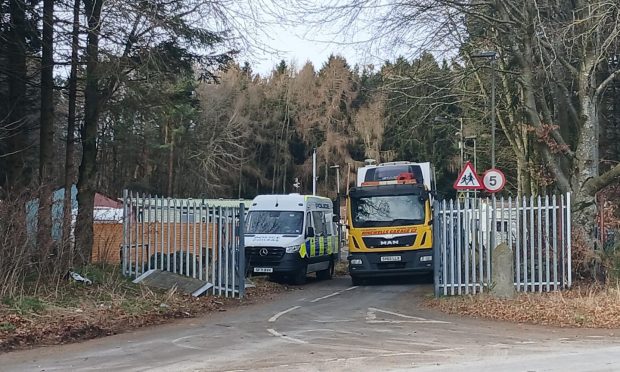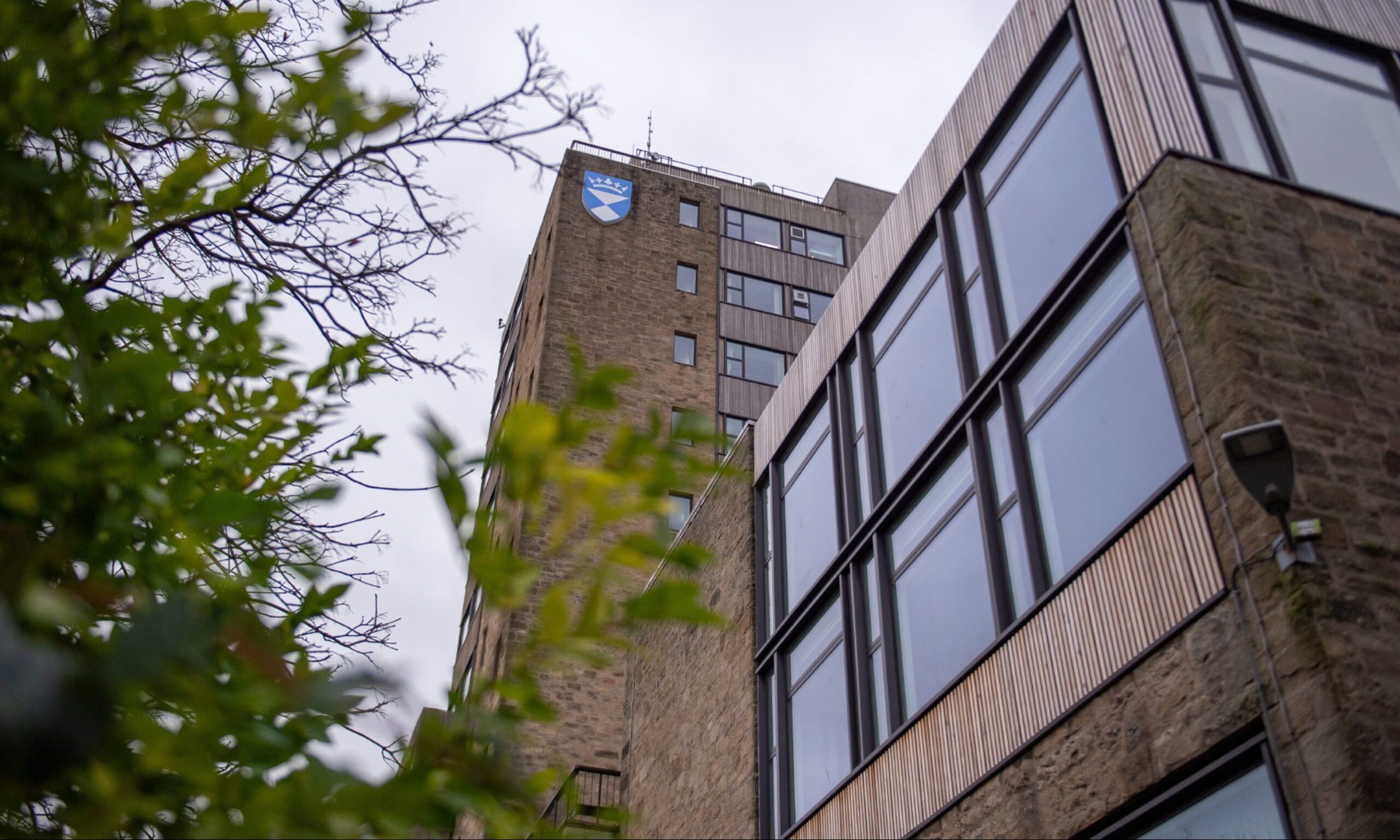A ceremony has been held in Norway to mark the anniversary of the tragic deaths of three Taysiders and dozens of other Brits who took part in a disastrous mission to halt Hitler’s nuclear arms programme.
On November 19 1942, dozens of officers set off from Britain in two aircraft–glider combinations on Operation Freshman, an expedition to destroy the Nazi leader’s plans to develop nuclear weapons at the Norsk Hydro industrial complex at Vermok, Norway.
41 perished — including a sapper from Brechin, an officer from Perth, and a sergeant from Edzell — after the gliders and tug planes they were travelling in crashed.
Some died on impact but others were executed or tortured before being killed by the Gestapo who found them. Of the four aircraft on the mission, only one tug plane returned to Britain intact.
This month, to mark 75 years since the little-known disaster, a ceremony was held near the crash site on a mountainside in Fyljesdalen, Norway.
Almost 50 men, women and children, including veterans of the Norwegian armed forces attended the unveiling of a new plaque on the site of the glider crash.
Forfar-born Bruce Tocher, who now lives in Norway, attended the event and said it was a very “moving” tribute.
The keen historian said: “Both my wife, Joyce, and I attended what turned out to be a very moving ceremony, and we were amazed at the attendance and interest shown for events which occurred 75 years ago.
“It was originally the publication of Ion Drew’s book, “Silent Heroes”, which brought home to me the personal side of the soldiers and airman involved; in particular that there was a strong connection to my home turf of Angus.
“I was really interested when I heard there was to be a plaque unveiled commemorating the deaths of the servicemen. It was a fitting tribute.”
The British plan was for the team to meet four Norwegian soldiers, who had been placed in the Hardanger Plateau above the plant the previous month.
However, tragedy occurred after adverse weather conditions forced the incoming officers to abort the mission, instead turning to fly back to British shores.
On this return journey, the cables towing two of the gliders severed, causing both to crash into the mountains of southwestern Norway.
One of the towing aircraft then also crashed attempting to locate the gliders, killing all seven on board.
The soldiers who survived the glider crashes were caught by the Germans and executed near the military garrison at Egersund.
Three of those who perished came from Tayside.
22-year-old Sapper Robert Norman came from Brechin, 20-year-old Sergeant James Falconer came from Edzell, and 20-year-old commanding officer, Lieutenant David Methven, came from Fortingall, in Perth.
Lieutenant Methven’s family were originally from Dundee.
Mr Tocher said he knew nothing about the operation until he visited the Commonwealth Graves in Eiganes Cemetery in Stavanger several years ago.
He added: “After that, my wife and I made a point of visiting the different sites connected to the operation including the crash sites of the Horsa gliders and Halifax bomber, and the execution site at Slettebø.
“I was glad we were able to be at the commemoration and to experience at first hand how the Norwegian people have not forgotten the ultimate sacrifice of those young men back in November, 1942.”
Three months later, a similar mission, Operation Gunnerside, successfully destroyed the production facility, a story now ingrained in folklore the world over.
It has been described as the most successful act of sabotage in all of WW2 and was made into a 1965 Hollywood, The Heroes of Telemark, starring Kirk Douglas.












